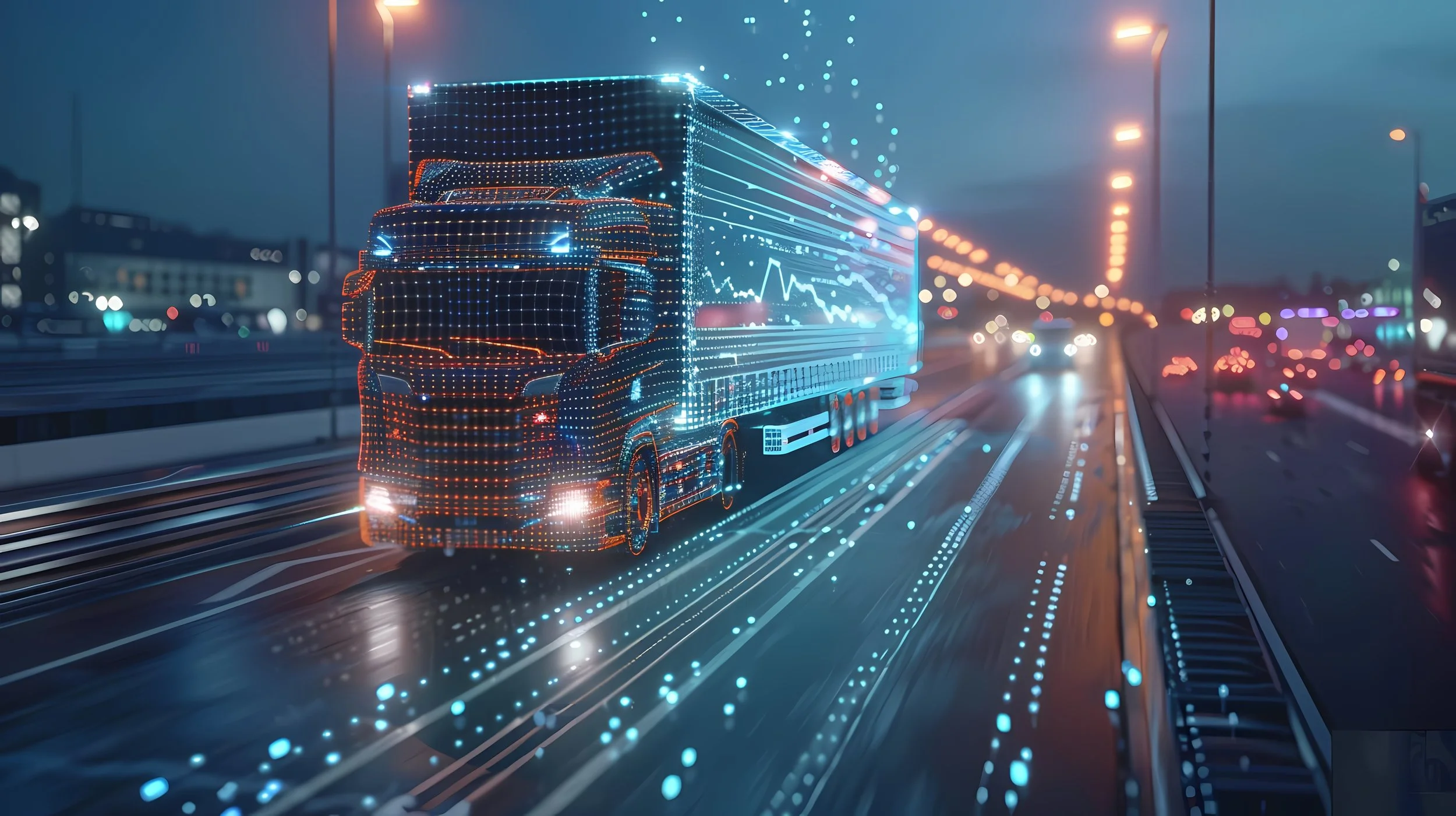
ARCHIVES
Risk Culture in an Autonomous World: Aligning People, Technology, and Accountability
Building a resilient risk culture in an autonomous world requires redefining how organizations align ethics, accountability, and leadership. This article explores how automation reshapes decision-making and governance, examines the cultural and ethical challenges of autonomy, and outlines practical steps to sustain trust and responsibility in increasingly intelligent systems.
Autonomous Trucks: Emerging Risks of Theft and Fraud in the Logistics Sector
Effective management of autonomous vehicle risks requires a rethinking of operational controls, cybersecurity, data governance, and investigative response frameworks. This article examines the emerging threats of theft and fraud tied to autonomous trucking, explores real-world vulnerability scenarios, and outlines governance measures that can help mitigate these evolving risks.
Culture, Climate, and Risk: How Organizations Shape Their Own Insider Threats
When people stop paying attention, accountability slips—and that’s when insider threats find room to grow. Strong leadership, a healthy culture, and a positive workplace climate aren’t just nice to have—they’re your first line of defense. Discover how the right culture can turn everyday awareness into powerful risk management across transportation and logistics.
Technology: The Fifth Pillar of Risk Mitigation in Supply Chain and Transportation
Fraud, theft, and disruptions cost the supply chain and transportation industry billions each year. A strong risk mitigation program rests on five pillars: governance, corporate structure, culture, training, and technology. Together, they build resilience, reduce losses, and protect trust. This article offers a high-level overview of the fifth and final pillar: technology.
Training: The Fourth Pillar of Risk Mitigation in Supply Chain and Transportation
Fraud, theft, and disruptions cost the supply chain and transportation industry billions each year. A strong risk mitigation program rests on five pillars: governance, corporate structure, culture, training, and technology. Together, they build resilience, reduce losses, and protect trust. This article offers a high-level overview of the fourth pillar: training.
Culture: The Third Pillar of Risk Mitigation in Supply Chain and Transportation
Fraud, theft, and disruptions cost the supply chain and transportation industry billions each year. A strong risk mitigation program rests on five pillars: governance, corporate structure, culture, training, and technology. Together, they build resilience, reduce losses, and protect trust. This article offers a high-level overview of the third pillar: organizational culture.
Corporate Structure: The Second Pillar of Risk Mitigation in Supply Chain and Transportation
Fraud, theft, and disruptions cost the supply chain and transportation industry billions each year. A strong risk mitigation program rests on five pillars: governance, corporate structure, culture, training, and technology. Together, they build resilience, reduce losses, and protect trust. This article offers a high-level overview of the second pillar: corporate structure.
Governance: The First Pillar of Risk Mitigation in Supply Chain and Transportation
Fraud, theft, and disruptions cost the supply chain and transportation industry billions each year. A strong risk mitigation program rests on five pillars: governance, corporate structure, culture, training, and technology. Together, they build resilience, reduce losses, and protect trust. This article offers a high-level overview of the first pillar: governance.
The Five Pillars of a Solid Risk Mitigation Program in Supply Chain and Transportation
Fraud, theft, and disruptions cost the supply chain and transportation industry billions each year. A strong risk mitigation program rests on five pillars: governance, corporate structure, culture, training, and technology. Together, they build resilience, reduce losses, and protect trust. This article offers a high-level overview before diving deeper in future pieces.










